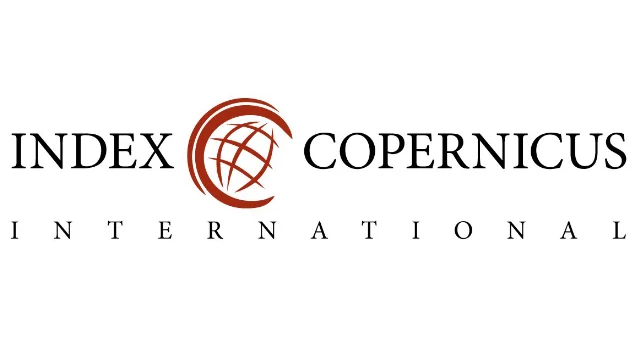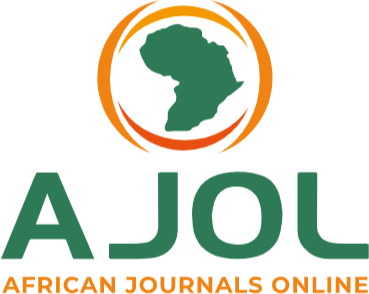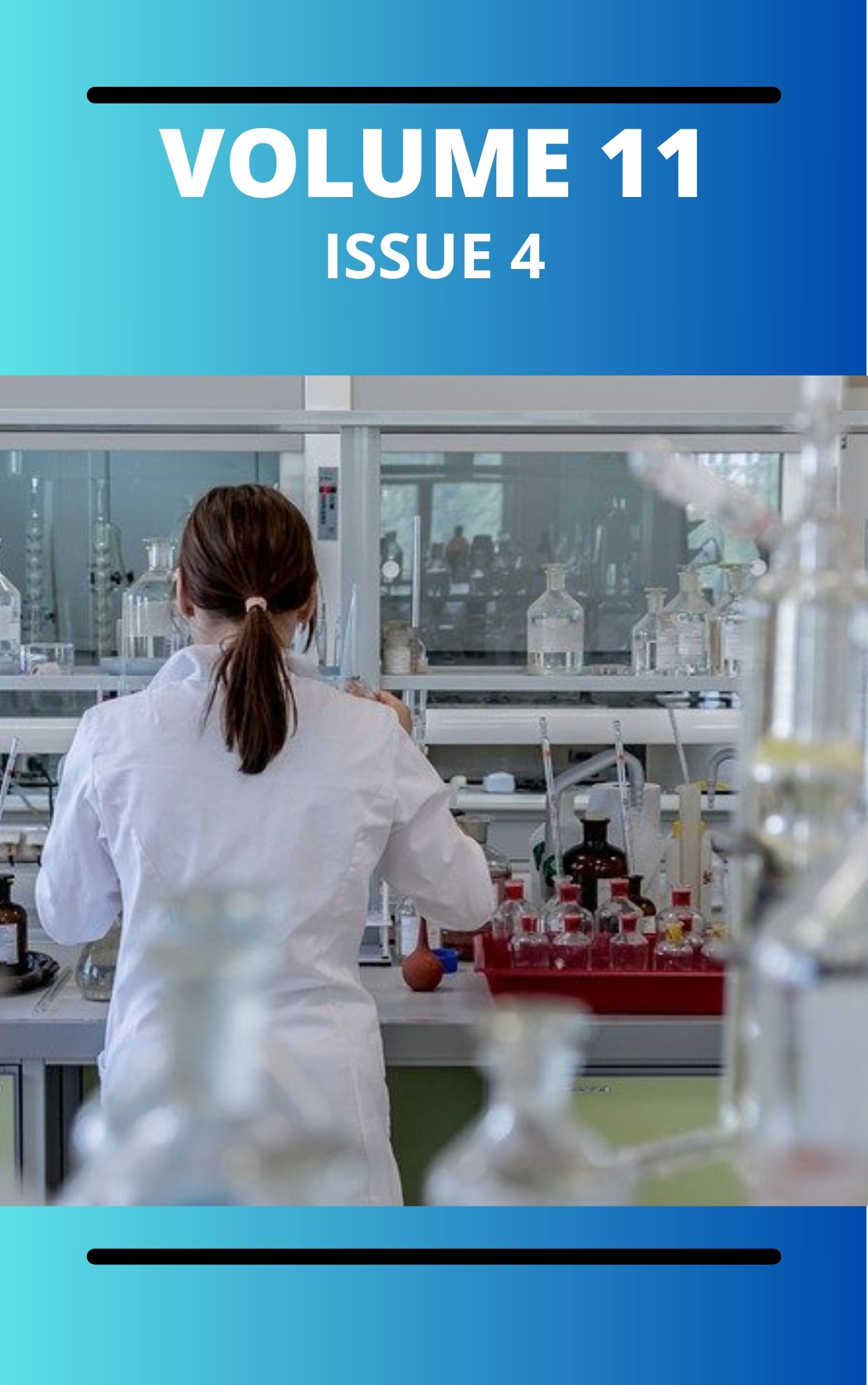Enhancing Data Provenance, Integrity, Security, and Trustworthiness in Distributed and Federated Multi-Cloud Computing Environments
Keywords:
Data Provenance, Cloud Security, Blockchain-based Integrity, Privacy-Preserving Computation and Regulatory Compliance in Cloud ComputingAbstract
Due to the increasing trend in distributed cloud environments, strong data provenance and integrity practices are even more important than before to ensure answers to security and traceability requirements as well as compliance. The new challenges, developments, and best practices in monitoring and security of data for cloud systems are discussed in this paper. Key challenges include scalability limitations, privacy vs. transparency trade-offs, and regulatory compliance issues. To address these concerns, blockchain-based provenance tracking, AI-driven anomaly detection, cryptographic hashing, and privacy-preserving techniques such as homomorphic encryption and secure multiparty computation (SMPC) have emerged as innovative solutions. The study also examines real-world implementations in healthcare, finance, and supply chain management, demonstrating how organizations leverage provenance tracking to enhance trust, security, and operational efficiency. Additionally, the paper discusses standardization efforts such as W3C PROV and ISO 27037, which aim to improve interoperability and legal compliance. Moving forward, advancements in federated learning, decentralized identity management, and quantum-resistant cryptography will play a crucial role in enhancing provenance tracking and ensuring secure cloud ecosystems. By integrating AI-driven monitoring, blockchain scalability solutions, and adaptive compliance frameworks, organizations can build resilient, transparent, and tamper-proof data management systems in an increasingly digital world.
Downloads
Published
Issue
Section
Similar Articles
- Ifeanyi E. Otuokere, K. K. Igwe, Ni(II) complex of (3,3-dimethyl-7-oxo-6-(2-Phenylacetamido)-4-thia1-Azabicyclo[3.2.0]heptane-2-carboxylic acid : Synthesis, characterization and antibacterial activities , Communication In Physical Sciences: Vol. 5 No. 1 (2020): VOLUME 5 ISSUE 1
- Nyeneime William Akpanudo, Ojeyemi Matthew Olabemiwo, Pore Parameters Analysis of Echinochloa pyramidalis leaf Dopped Silver Nanoparticles , Communication In Physical Sciences: Vol. 11 No. 4 (2024): VOLUME 11 ISSUE 4
- Isah Haruna, Yahaya Zakari, Umar Kabir Abdullahi, Reuben Oluwabukunmi David, Jamilu Yunusa Falgore, On the Study of Kumaraswamy Reduced Kies Distribution: Properties and Applications , Communication In Physical Sciences: Vol. 12 No. 3 (2025): VOLUME 12 ISSUE 3
- Efe Kelvin Jessa, A Multidisciplinary Approach to Historic Building Preservation , Communication In Physical Sciences: Vol. 11 No. 4 (2024): VOLUME 11 ISSUE 4
- A. Yahaya, G. Ayeni, A. U. Ochala, R.A. Larayetan, A. D. Onoja, T. C. Omale, J. A. Akor, Evaluation of mineral in the indigenous and industrially produced soya milk in the Anyigba, Kogi State , Communication In Physical Sciences: Vol. 6 No. 1 (2020): VOLUME 6 ISSUE 1
- Oyakojo Emmanuel Oladipupo, Abdulahi Opejin, Jerome Nenger, Ololade Sophiat Alaran, Coastal Hazard Risk Assessment in a Changing Climate: A Review of Predictive Models and Emerging Technologies , Communication In Physical Sciences: Vol. 12 No. 6 (2025): Volume 12 ISSUE 6
- Iwuji, Anayo Charles, Okoroafor, Promise Izuchukwu, Owo Awa, Josephine Ezinne, Extended Goal Programming DASH Diet Plan for Stroke Patients , Communication In Physical Sciences: Vol. 11 No. 4 (2024): VOLUME 11 ISSUE 4
- Ernest Orji Akudo, Kizito Ojochenemi Musa, Geophysical and Geotechnical Investigations of Failed Sections of Road Pavements in Parts of Northcentral Nigeria , Communication In Physical Sciences: Vol. 9 No. 3 (2023): VOLUME 9 ISSUE 3
- Ahmed Usman`, Abdulakeem Oladipo, Hameed Momoh, Gadisa Megersa, Assessment of Radiation Dose Rates at the Faculty of Engineering, Ahmadu Bello University, Zaria , Communication In Physical Sciences: Vol. 12 No. 5 (2025): Vol 12 ISSUE 5
- Emeka Chima Ogoko, Chemical Information from GCMS of Ethanol Extract of Solanum melongena (Aubergine) Leaf , Communication In Physical Sciences: Vol. 6 No. 1 (2020): VOLUME 6 ISSUE 1
You may also start an advanced similarity search for this article.




